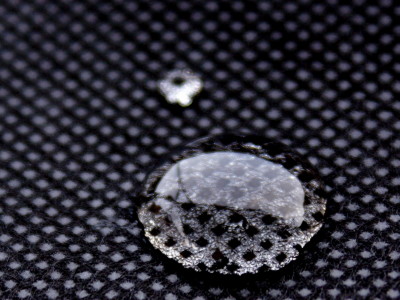A new design of ``lithium air battery'' that has the potential to demonstrate nearly four times the performance of lithium ion batteries will be announced

A room temperature rechargeable Li2O-based lithium-air battery enabled by a solid electrolyte |
https://doi.org/10.1126/science.abq1347
New design for lithium-air battery could offer much longer driving range compared with the lithium-ion battery | Argonne National Laboratory
https://www.anl.gov/article/new-design-for-lithiumair-battery-could-offer-much-longer-driving-range-compared-with-the-lithiumion
Conventional lithium-air batteries suffer from a very short cycle life. To compensate for this shortcoming, the team at Argonne National Laboratory reviewed the design and devised a new design that uses a solid electrolyte instead of the liquid used in the conventional design.
In conventional lithium-air battery designs, lithium at the negative electrode moves through a liquid electrolyte and combines with oxygen during discharge to form lithium peroxide or lithium superoxide at the positive electrode. Lithium peroxide and lithium superoxide are decomposed into lithium and oxygen components during charging, and this chemical reaction stores and releases energy.
In the newly designed lithium-air battery developed by the research team, a ceramic polymer material made of relatively inexpensive elements in the form of nanoparticles is used as a solid electrolyte, and lithium oxide can be generated through a chemical reaction. According to the team, the lithium peroxide chemistry only stores 1-2 electrons per oxygen molecule, while the lithium oxide chemistry stores 4 electrons, which is more than the conventional design. It also has high efficiency.
In addition, the lithium-air battery designed by the same team is the first battery to realize a four-electron reaction at room temperature, and it can also be operated by supplying oxygen from the surrounding environment. By operating on ambient air, it also features the ability to avoid the need for oxygen tanks, a problem with traditional designs.
Unlike liquid electrolytes used in lithium-ion batteries, solid electrolytes do not have safety issues such as heat generation or fire, and the battery designed by the team can increase the energy density by four times compared to lithium-ion batteries. It is possible. As a result, it is possible to ``reduce the battery size while keeping the battery capacity the same'' or ``increase the battery capacity while keeping the battery size the same'', so it is possible to extend the cruising range of electric vehicles that use batteries as a power source. It will be possible.

``With further development, we expect our new lithium-air battery to achieve a record energy density of 1200 Wh per kilogram,'' said Larry Curtis of Argonne National Laboratory. This is nearly four times the performance of lithium-ion batteries.
Related Posts:
in Hardware, Posted by log1p_kr







